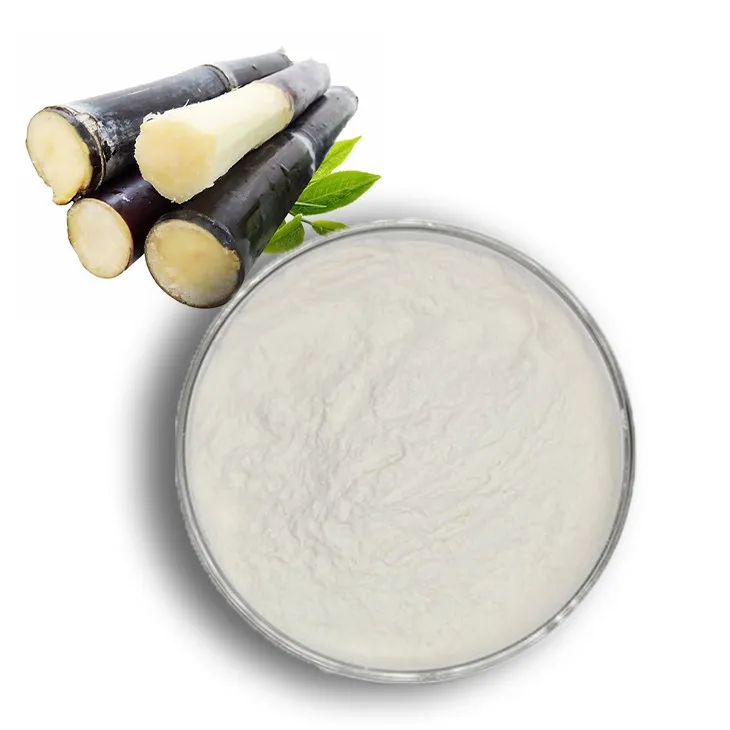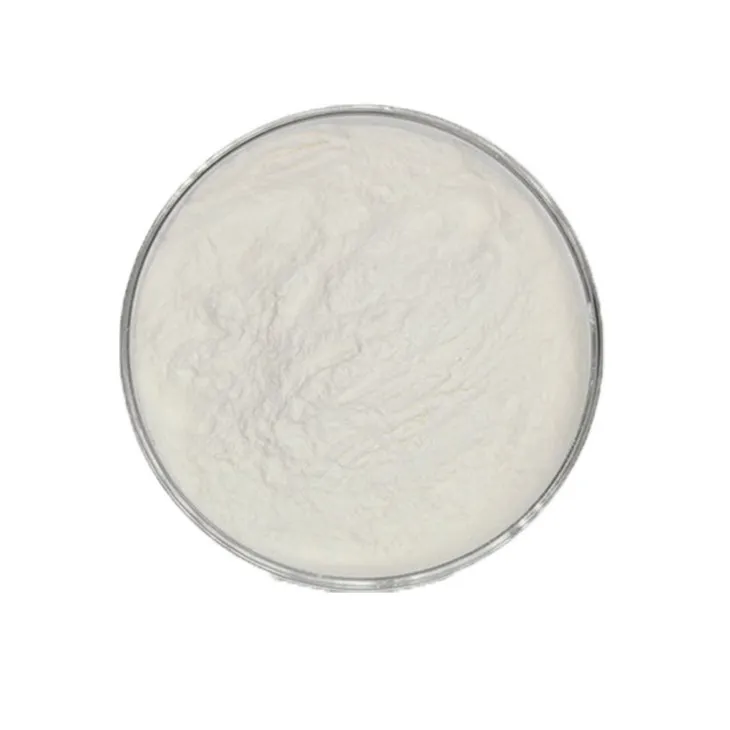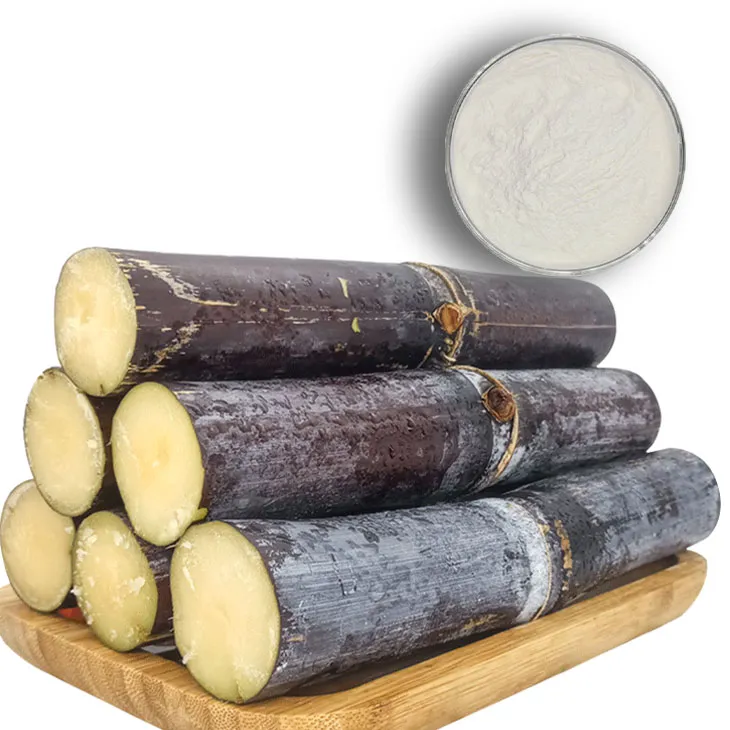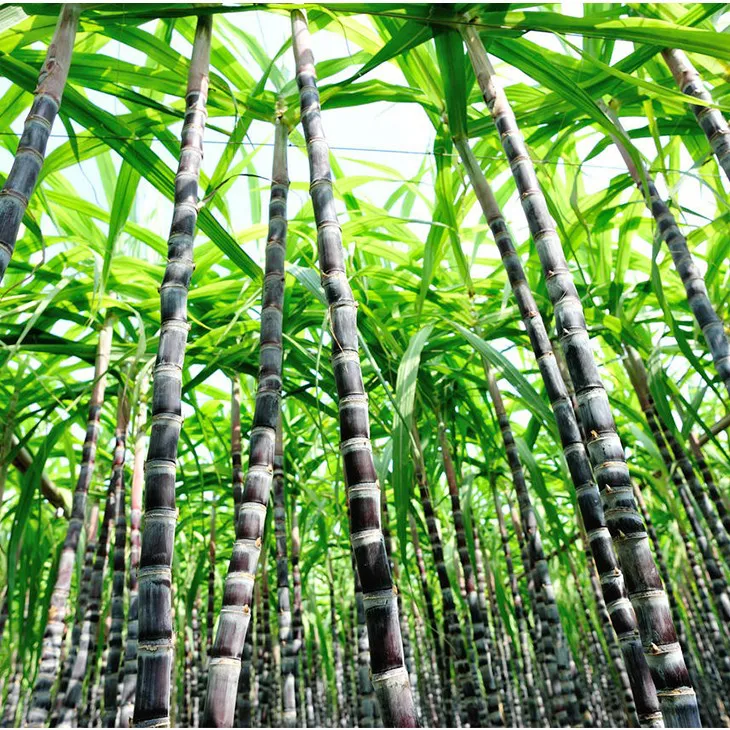- 0086-571-85302990
- sales@greenskybio.com
Supercritical Carbon Dioxide Extraction of Sugarcane Extracts
2024-11-30

1. Introduction
Sugarcane is a widely cultivated plant with a high content of valuable components. Traditionally, various methods have been used to extract useful substances from sugarcane. However, supercritical carbon dioxide extraction has emerged as a very promising technique in recent years. Supercritical CO₂ offers unique properties that make it an excellent solvent for extracting Sugarcane Extracts.

2. Properties of Supercritical Carbon Dioxide
Supercritical carbon dioxide exists in a state where it has properties between a gas and a liquid. It has a relatively low critical temperature (31.1 °C) and a relatively high critical pressure (73.8 bar). This allows for easy manipulation in extraction processes under mild conditions.
One of the key advantages of supercritical CO₂ is its high diffusivity. It can penetrate deep into the sugarcane matrix much more effectively than traditional solvents. This enables a more complete extraction of the desired components.
Another important property is its adjustable solubility. By changing the pressure and temperature, the solubility of different components in supercritical CO₂ can be precisely controlled. This means that specific nutrients and bioactive substances in sugarcane can be selectively extracted.

3. Components Extracted from Sugarcane
3.1 Nutrients
Sugarcane contains various nutrients such as vitamins (e.g., vitamin C), minerals (e.g., potassium), and small amounts of proteins. Supercritical carbon dioxide extraction can effectively extract these nutrients without causing significant degradation. For example, the extraction process can preserve the integrity of vitamin C, which is an important antioxidant.
3.2 Bioactive Substances
There are also many bioactive substances in sugarcane. One of the well - known ones is polyphenols. Polyphenols have antioxidant, anti - inflammatory, and other beneficial health effects. Supercritical CO₂ extraction can extract polyphenols from sugarcane with high efficiency.
Additionally, flavonoids present in sugarcane can also be extracted. Flavonoids are known for their potential to protect against cardiovascular diseases and have anti - cancer properties.

4. Advantages of Supercritical Carbon Dioxide Extraction for Sugarcane
4.1 Quality Assurance
The use of supercritical carbon dioxide ensures the quality of the Sugarcane Extract. Since the extraction process can be precisely controlled, the extracted components retain their natural properties. There is less risk of contamination compared to some traditional extraction methods that may use toxic solvents.
4.2 Green Chemistry
Supercritical CO₂ is a non - toxic, non - flammable, and environmentally friendly solvent. It does not produce harmful residues, which meets the requirements of green chemistry. This is in contrast to some organic solvents that are not only harmful to the environment but also pose potential risks to human health during the extraction process.
4.3 Selectivity
As mentioned earlier, the solubility of supercritical CO₂ can be adjusted. This allows for high selectivity in the extraction process. It is possible to extract specific components from sugarcane while leaving others behind, depending on the desired end product. For example, if the aim is to produce a polyphenol - rich extract, the extraction parameters can be set to favor the extraction of polyphenols over other substances.

5. Process of Supercritical Carbon Dioxide Extraction
5.1 Preparation of Sugarcane
The first step in the extraction process is the proper preparation of sugarcane. The sugarcane is typically washed and cut into small pieces. This increases the surface area available for extraction, allowing supercritical CO₂ to more effectively interact with the components within the sugarcane.
5.2 Extraction Conditions
The pressure and temperature are crucial parameters in the extraction process. The pressure is usually set within a range that keeps CO₂ in its supercritical state. For example, a common pressure range could be from 100 to 300 bar. The temperature is also carefully controlled, typically between 40 - 60 °C.
The extraction time is another factor to consider. Depending on the nature of the components to be extracted and the scale of the extraction, the extraction time can vary from a few minutes to several hours.
5.3 Separation and Collection
After the extraction, the supercritical CO₂ containing the extracted components needs to be separated. This is usually achieved by reducing the pressure. As the pressure is decreased, the solubility of the components in CO₂ decreases, and they can be collected as a pure extract.
6. Applications of Sugarcane Extracts Obtained by Supercritical Carbon Dioxide Extraction
6.1 Food and Beverage Industry
In the food and beverage industry, sugarcane extracts can be used as natural flavor enhancers. For example, the bioactive substances extracted can add a unique taste and aroma to products. They can also be used as natural preservatives due to their antioxidant properties.
Additionally, the nutrient - rich extracts can be added to functional foods and beverages. For instance, a vitamin - C - rich sugarcane extract could be added to fruit juices to increase their nutritional value.
6.2 Pharmaceutical and Nutraceutical Industry
The bioactive substances extracted from sugarcane, such as polyphenols and flavonoids, have potential applications in the pharmaceutical and nutraceutical industries. They can be used as ingredients in drugs or dietary supplements aimed at preventing or treating various diseases.
For example, research has shown that polyphenols may have potential in treating diabetes or reducing the risk of neurodegenerative diseases. Thus, sugarcane extracts obtained through supercritical CO₂ extraction could be a valuable source of these bioactive substances for the development of new drugs or nutraceutical products.
6.3 Cosmetic Industry
Sugarcane extracts can also find applications in the cosmetic industry. The antioxidant and anti - inflammatory properties of the bioactive substances make them suitable for use in skin care products.
For example, extracts could be used in creams, lotions, or serums to protect the skin from oxidative stress and reduce inflammation, resulting in healthier - looking skin.
7. Challenges and Future Perspectives
7.1 Cost
One of the main challenges associated with supercritical carbon dioxide extraction is the cost. The equipment required for maintaining the supercritical state of CO₂, such as high - pressure pumps and vessels, is relatively expensive. However, as the technology continues to develop and becomes more widespread, it is expected that the cost will gradually decrease.
7.2 Scale - up
Scaling up the extraction process from laboratory - scale to industrial - scale also presents challenges. There are issues related to maintaining consistent extraction conditions over large volumes of sugarcane. However, research is being carried out to address these issues and develop more efficient and reliable large - scale extraction processes.
Despite these challenges, the future of supercritical carbon dioxide extraction of sugarcane extracts looks promising. With further research and development, this technique is likely to become more cost - effective and widely adopted in various industries. It has the potential to revolutionize the way sugarcane resources are utilized, leading to the development of new and innovative products.
FAQ:
What are the advantages of supercritical carbon dioxide extraction for sugarcane extract?
The extraction process can be well - controlled. It can penetrate deep into the sugarcane matrix to extract a wide range of components including nutrients and bioactive substances beneficial for human health. Also, it ensures the quality of the extract and meets the requirements of green chemistry.
What kind of components can be extracted from sugarcane by supercritical carbon dioxide?
A wide range of components can be extracted, such as nutrients and bioactive substances that are beneficial for human health.
How does supercritical carbon dioxide ensure the quality of sugarcane extract?
Supercritical carbon dioxide extraction is a precise and controllable process. It can selectively extract the desired components while minimizing the extraction of unwanted substances, thus ensuring the quality of the sugarcane extract.
Why is supercritical carbon dioxide extraction considered a new direction for sugarcane resource utilization?
Because it can extract valuable components effectively and meets the requirements of green chemistry, which provides new possibilities for related industries, so it is a new direction for the utilization of sugarcane resources.
Is supercritical carbon dioxide extraction cost - effective for sugarcane extract?
While the initial investment for supercritical carbon dioxide extraction equipment may be relatively high, in the long run, it can be cost - effective. This is because it can extract high - quality products, reduce waste, and may have lower post - extraction processing costs compared to some traditional extraction methods.
Related literature
- Supercritical Fluid Extraction of Bioactive Compounds from Sugarcane"
- "Advances in Supercritical Carbon Dioxide Extraction of Sugarcane - Derived Substances"
- "The Application of Supercritical CO₂ in Sugarcane Extract Production"
- ▶ Hesperidin
- ▶ citrus bioflavonoids
- ▶ plant extract
- ▶ lycopene
- ▶ Diosmin
- ▶ Grape seed extract
- ▶ Sea buckthorn Juice Powder
- ▶ Beetroot powder
- ▶ Hops Extract
- ▶ Artichoke Extract
- ▶ Reishi mushroom extract
- ▶ Astaxanthin
- ▶ Green Tea Extract
- ▶ Curcumin Extract
- ▶ Horse Chestnut Extract
- ▶ Other Problems
- ▶ Boswellia Serrata Extract
- ▶ Resveratrol Extract
- ▶ Marigold Extract
- ▶ Grape Leaf Extract
- ▶ blog3
- ▶ blog4
-
Organic Dandelion Root Extract, Australia.
2024-11-30
-
The best bitter gourd extract in 2024.
2024-11-30
-
The best baicalin in nature.
2024-11-30
-
Chinese lily extract manufacturers.
2024-11-30
-
Nature's best β - carotene.
2024-11-30
-
Standard - process Coenzyme Q10.
2024-11-30
-
Bulk purchase of pomegranate extract.
2024-11-30
-
Golden Seal Extract
2024-11-30
-
Alfalfa Meal
2024-11-30
-
Alisma Extract
2024-11-30
-
Horse Chestnut Extract
2024-11-30
-
Red Date Extract
2024-11-30
-
Coconut Water Powder
2024-11-30
-
Bitter Melon Extract
2024-11-30
-
Lemon Balm Extract
2024-11-30
-
Curcuma Longa Extract/Turmeric extract
2024-11-30
-
Phyllanthus Emblica Extract
2024-11-30





















